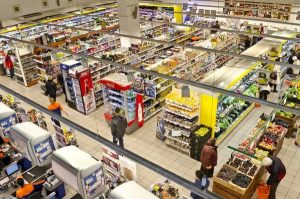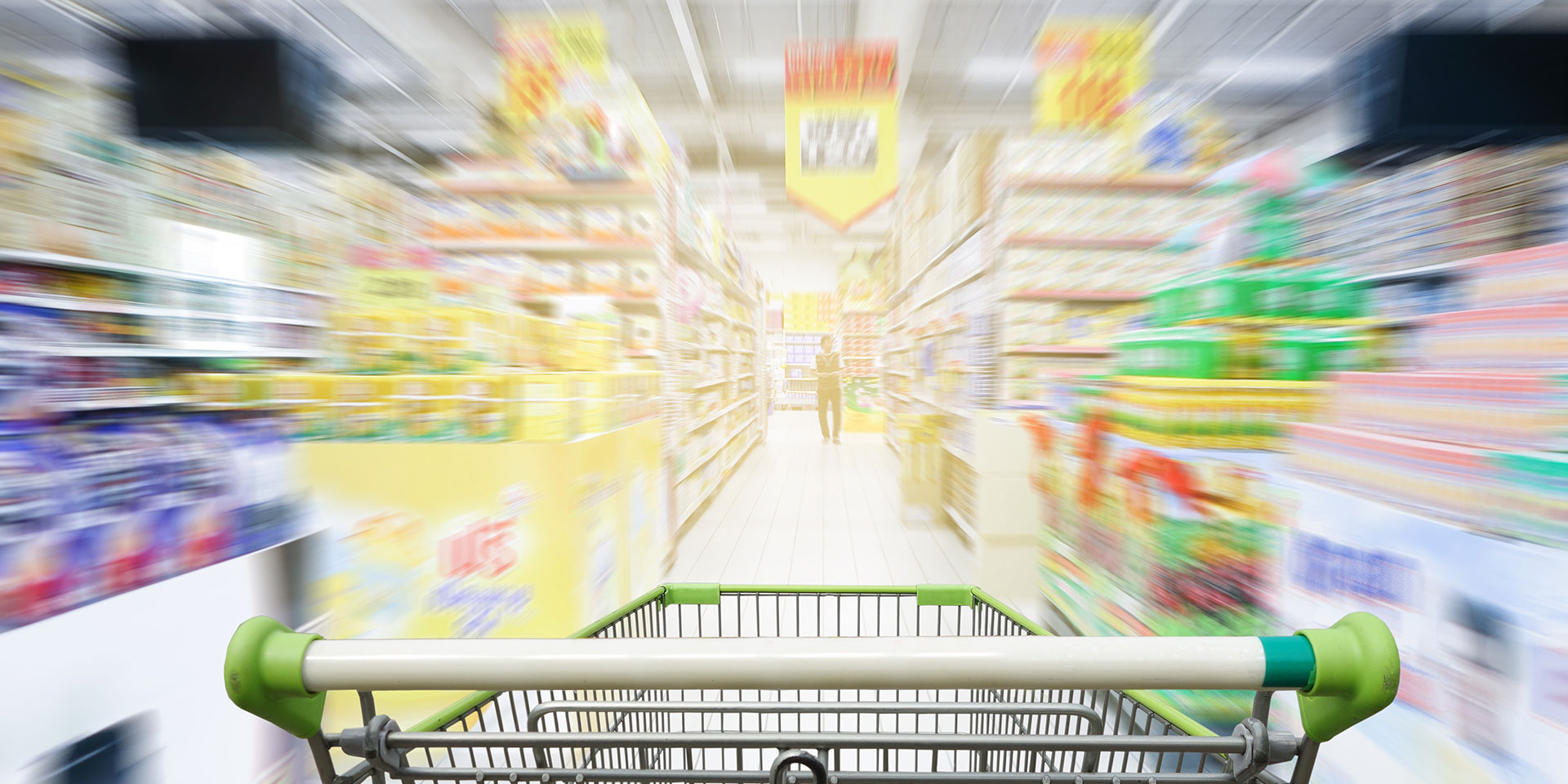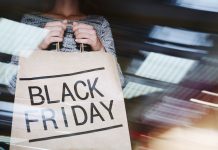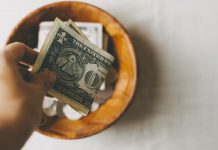Big chain stores know them and use them to make a profit. What is more, they are willing to pay a lot of money for studies on how to improve them. We’re talking about the secrets of optimal product placement.
According to Philip Kotler, one of the fathers of marketing, product placement is one of the four vital concepts for direct communication between companies and customers. The product, its price, placement and promotion make up a unitary whole, in the marketer’s vision, and the optimisation of each of these marketing components makes an essential contribution to the success of any business.
Tricks by which supermarkets get you to buy more
Even if it doesn’t have such a strong reputation as promotion, in the amalgam called the marketing mix, product placement is just as important for selling as advertising. Sometimes, precisely because customers aren’t aware of its effects, it can be even more effective than advertising.
Experts know that there are tricks by which customers can be arbitrarily influenced to buy one product over another and as such are not afraid to use them to increase profits. Learning about some of these many tricks can help you not only to shop more consciously but also to save money.
Invisible advantages
You’ve probably never noticed before that in most supermarkets, the shopper’s direction of travel is counterclockwise. This is not a coincidence, but a situation that is carefully thought out to take advantage of the fact that most buyers are right-handed. Experts say that when products are placed on the shelves on both left and right, right-handed people will be more tempted to reach for the products on the left.
Some marketers calculate the attractiveness of their products so accurately that they know exactly, for example, that the best-selling banana ripening shade is Pantone 12-0752. Therefore, they will adjust the ambient light around the fruit to a shade that enhances their appearance and makes them look riper. Also in the fresh produce section, it is a common practice to spray the products with water, in order to make them look fresher and, in the case of some, actually making them heavier, thus increasing their price at the scale.
Time monetisation
Time is money. You probably never thought that the price of your time can be calculated by the tiles that make up the floor of a store. Few people know that the tiles in a supermarket are small enough that, when passing over them with a shopping cart, the resulting noise gives you the feeling that you are going too fast, even when you don’t have a fast pace. Unconsciously, you will be inclined to slow down, thus increasing the time you spend looking at products, implicitly increasing your chances of buying.
Many other placement tactics are based on increasing the time spent around products. For example, dairy products are usually located in the far back corner of the store, most likely on the left side. This is because most shoppers in a supermarket want to buy at least one dairy product. If the dairy products were at the entrance of the store, people would quickly reach the desired products and then head to the till faster, and that is not in the marketer’s interest. The longer it takes to get to the dairy, the higher the buyer’s willingness to select other products while they get there.
Also to the advantage of more time spent in the store is the background music, chosen according to the specifics of the customer. It is obvious that if the atmosphere in the store is pleasant, the customer will spend more time in its perimeter.
Stores that sell products for women place as many mirrors and as many fitting booths as possible, so that they feel relaxed and at ease to analyse themselves and try on products, thus increasing the chances of buying them.
The eyes see, the heart desires
Many of our purchases are not based on needs, but impulse. And marketers take full advantage of this, by placing the products they want to sell in the most visible places. For example, the cookies on the end-aisle displays, the shampoo offer, or the towel discount are not placed there because there was no room on the aisle’s shelves, but because those end-aisle displays are among the most visible places in the store.
Chewing gum, chocolates, or chips are among the purchases that are not on our shopping lists but somehow end up in our carts and, finally, in our bags. This is because they are placed where we are most sensitive to impulse shopping: the checkout queue. When you stand in a queue you inevitably look around. Then you see the chewing gum or the chocolates and add them to your shopping cart.
Placing the product in the customer’s visual field is not just about impulse vs. reason of the buyer, but also about their age. For example, in the toy department, we often notice that the more expensive toys (dollhouses, more complex cube constructions) are placed lower on the shelf, where children can reach them easily. Having access to them will increase their desire and, implicitly, the frequency of “Mommy, can I have it?”
Nothing accidental in a supermarket
 Studying marketing tactics such as product placement is fascinating when it is not taken to the extreme, but kept in a sphere where it has rich practical implications. For example, some have made waves with claims that some manufacturers are trying to promote their products aggressively, targeting future customers while they are still in their mother’s womb.
Studying marketing tactics such as product placement is fascinating when it is not taken to the extreme, but kept in a sphere where it has rich practical implications. For example, some have made waves with claims that some manufacturers are trying to promote their products aggressively, targeting future customers while they are still in their mother’s womb.
Martin Lindstrom, in the book Brandwashed: Tricks Companies Use to Manipulate Our Minds and Persuade Us to Buy, recounts the case of Kopiko. Kopiko is said to have orchestrated an intense promotional campaign by offering doctors lollipops to distribute to pregnant women who came for check-ups. They were supposedly taking advantage of the fact that a mother’s diet influences foetal brain structure, aiming at getting the babies addicted to their lollipops.
Months later, the company started selling coffee that tasted exactly the same as the lollipops, which became a very successful brand even among children. Moreover, Lindstrom says that some mothers even gave their children coffee when they saw them agitated, and they calmed down quickly after drinking it. Four years later, Kopiko became the third-largest coffee brand in the Philippines.
What does our judgement have to say?
It’s hard to determine if the intent of this campaign is real. Still, this should not stop us from adopting strategies that protect us from aggressive and harmful marketing. The key to this strategy is awareness and sticking to our needs. When we are aware of our specific needs, we are more oriented to choose products that meet those needs.
Manipulation caters best to people who give in easily to greed. If we know our needs and which products can satisfy them, it will be easier to put them on a shopping list, which will help us abstain from purchases based on impulse. We will stick to buying based on our needs.
Last but not least, we have self-control, which we must exercise when entering the store. Hopefully this article is useful for this. When we know that nothing is randomly placed where it is, but also when we experience post-acquisition regret, we are more likely to make rational purchases, avoiding wasting money on products that, in fact, we do not need.
Alina Kartman majored in Communications and Public Relations, but opted for a career in journalism. Having published more than 1,500 pieces of writing over her 13 years of media activity, Alina has senior editorial experience. She is part of the team who advanced semneletimpului.ro, the platform for the Signs of the Times magazine in Romania. She is currently pursuing a Master’s degree in Programs and Investment Management.



















